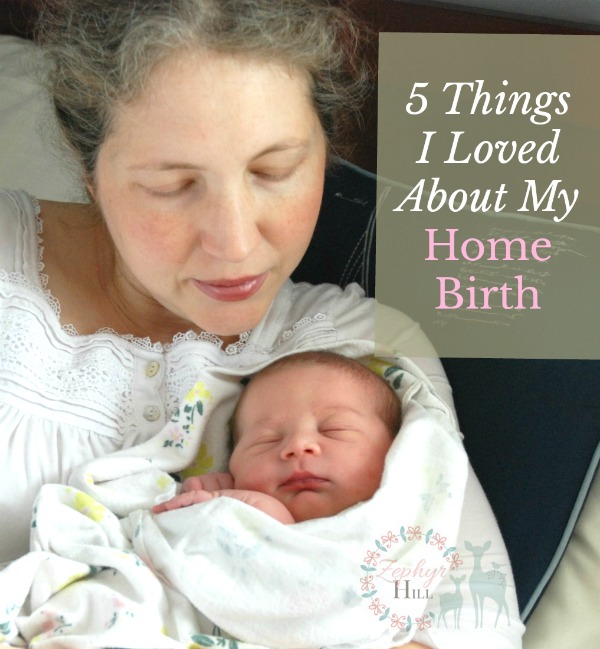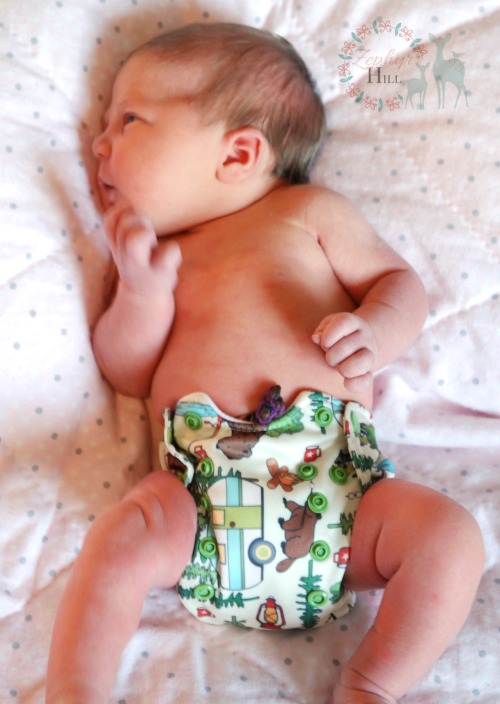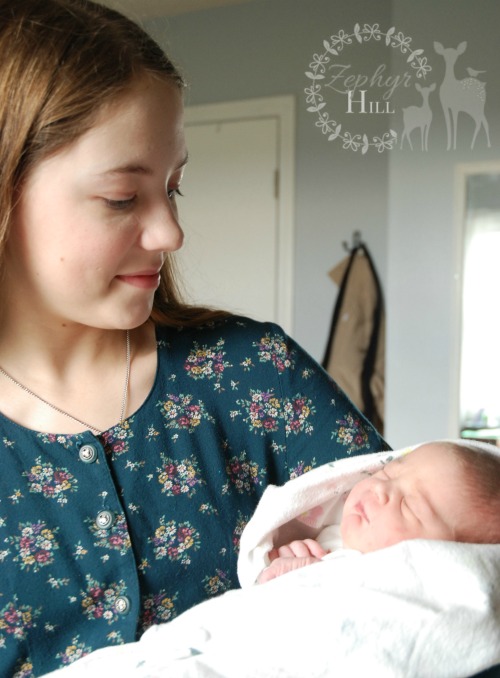
I’ve given birth ten times and those experiences have varied widely. My first was a c-section, my next was in a hospital with epidural, the six after that were natural/birth center, and the last two were home birth with a midwife and assistant.
Here’s what I liked best about having a baby at home:
Well…you’re at home!
When it comes to an intense and tiring experience like labor, I concur with Jane Austen: “Ah! There is nothing like staying at home for real comfort.” I didn’t have to pack a bag filled with things from home that would make a hospital room more comforting. I was home, in my own room, my own bathroom, my own bed, surrounded by familiar people and things. Heck, even the cats came to visit me at the window during labor!
I didn’t have to leave in the middle of the night for a rushed car trip to the birthing facility. And when it was all over, we didn’t have to fool with car seats and checkout procedures.
There’s no hurry, and no pressure.
A midwife-assisted pregnancy and home birth is never rushed. Whether it was my nine months of prenatal visits or our complimentary postpartum home visits, the midwife allotted plenty of time for everything. Oftentimes, we would simply chat when the necessary checks were done.
This contrasts quite dramatically from my hospital experience, where staff is constantly checking on your “progress,” and exerting subtle pressure to hurry things along.
Laboring at home is low pressure. Arriving two hours before pushing time came, the midwife and her assistant hung out in the adjacent room, only coming in every once in a while to offer a drink or ask if I needed anything. After Camille was born, they both stayed another three hours to ensure all was well.

You make the rules.
And that’s as it should be because you’re having a baby, not undergoing brain surgery. That means you can wear whatever you want, move around (or be still) at will, and refuse this or that “intervention.”
When in the hospital, you play by hospital rules. I’ve experienced firsthand the senseless red tape and one-size-fits-all-policies (many of which are driven by insurance and government regulation).
When I first became pregnant with Camille, I called the one hospital in our area that offered VBAC’s and asked about their labor policies. I would be hooked to an IV “just in case.” I would be continuously monitored/tethered “just in case.” I would have a catheter inserted “just in case.” And the doctor may or may not allow me to give birth in whatever position I wanted. After just a few minutes, I was thinking “No, thanks!”
It’s family friendly.
How about making your own visitation policies? There are no restrictions when it comes to who you’d like to have present or who can come visit the new baby. And if labor starts in the middle of the night when your children are sound asleep, there’s no need to call a babysitter so you can rush to the hospital. Just let them sleep away. They’ll wake to a wonderful surprise!

Catherine welcoming her new baby sister, Camille
It saved us money.
My husband is fortunate to have an employer who is very supportive of home birth; our last two have been 100% free. But even without a program like this, home birth can be significantly cheaper than both hospitals and freestanding birth centers.
A midwife’s fee ranges from $1,500 to $3,000. A hospital birth can be $10,000 or more. Some health plans cover home birth, and some do not. It’s also possible to appeal with your insurance company, and get it covered. If the midwife you chose is not covered, you can ask for an in-network exception. All of this takes time, and can be a hassle, but if you’re paying for health insurance, then you should be getting the most out of it! Midwifery is just as valuable and worthy of coverage as other forms of obstetrical care.
Other options for funding a home birth include private plans or a health savings account.

Leave a Reply